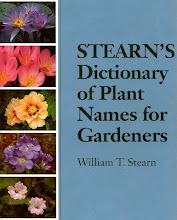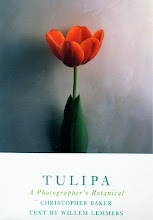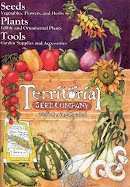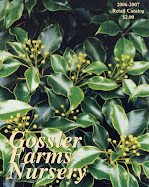Samish Bay Larabee State Park October 2010
Polystichum munitum on Chuckanut Mountain at Larabee State Park October 2010
Thuja plicata on Chuckanut Mountain at Larabee State Park October 2010
Fragrance Lake at Larabee State Park October 2010
Fragrance Lake at Larabee State Park October 2010
Fragrance Lake at Larabee State Park October 2010
On a sunny Saturday in October I hiked the Fragrance Lake Trail in the Chuckanut Mountains at Larrabee State Park near Bellingham, Washington. Larrabee State Park lies on the shore of Samish Bay, a part of the Salish Sea north of Puget Sound. There are views of the San Juan Islands from the park. The Chuckanut Mountains drop down to the edge of the bay. Chuckanut Drive is a narrow road carved into the side of the mountains. Larrabee State Park extends from the bay well up into the mountains. The Fragrance Lake Trail is 1 of the most-used trails in the state. The trail follows switchbacks & more gentle slopes through moist native forest for 2 miles to Fragrance Lake. There is a 1-mile loop trail around the lake. I found the hike tiring, but not terribly strenuous. The forest is dense with Thuja plicata (Western Red Cedar) & Pseudostuga menziesii (Douglas Fir). The understory is mostly limited to Polystichum munitum (Western Sword Fern) & the occasional Vaccinium parvifolium (Red Huckleberry). The flora is much more varied around Fragrance Lake, which is quite beautiful & well worth the hike up the mountain. This hike took about 3 hours.






























































































